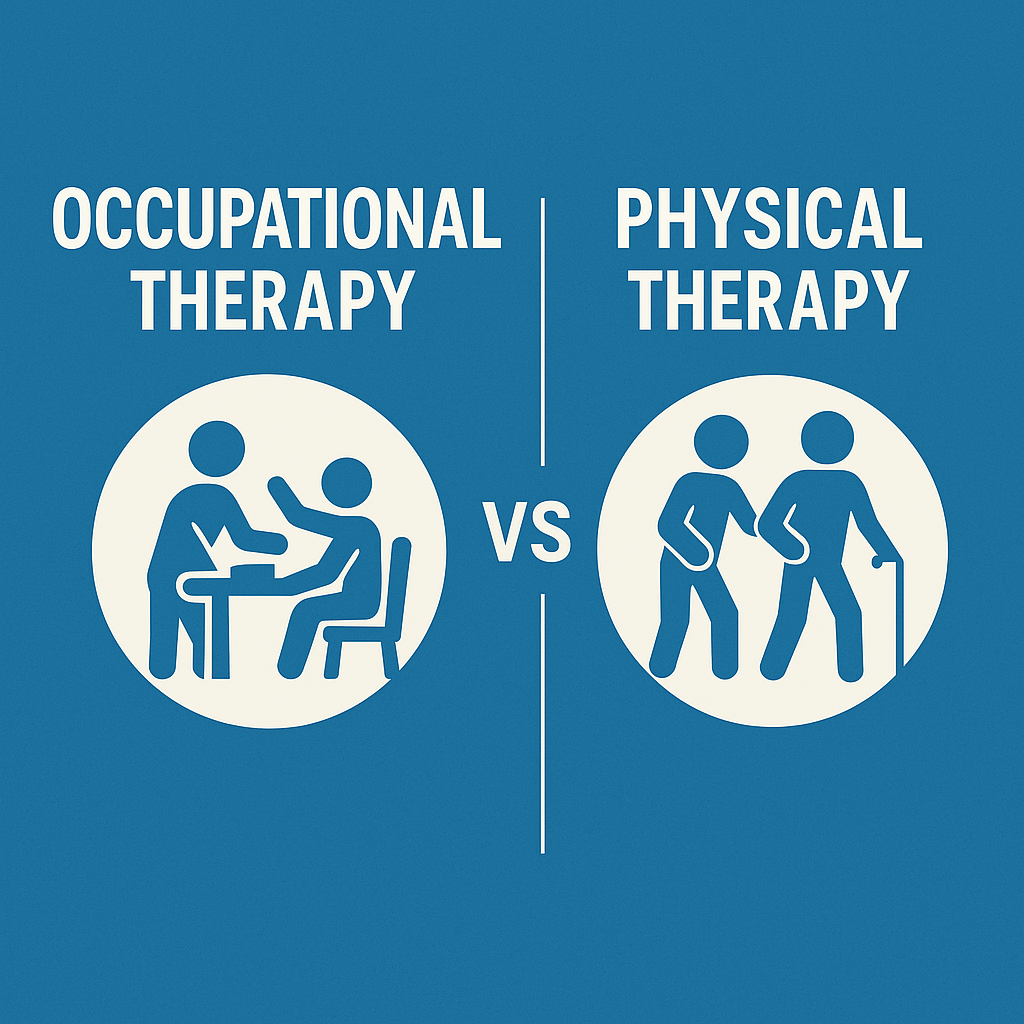
occupational therapy vs physical therapy
As an occupational therapist dedicated to enhancing individuals’ daily lives, I often encounter questions about the distinctions between occupational therapy (OT) and physical therapy (PT). Both are integral components of rehabilitation, yet they serve unique purposes. Understanding these differences is crucial for patients seeking appropriate care and for healthcare professionals aiming to provide comprehensive treatment plans.
Understanding Occupational Therapy and Physical Therapy
Occupational Therapy (OT): OT focuses on enabling individuals to engage in meaningful daily activities, or “occupations.” This encompasses self-care routines, work tasks, leisure activities, and social participation. The primary goal is to enhance the patient’s ability to perform these activities independently and safely, often through adaptive techniques or modifications to the environment. For instance, an occupational therapist might teach a stroke survivor new strategies to dress themselves or recommend assistive devices to facilitate cooking.
Physical Therapy (PT): PT is centered on improving movement, strength, and physical function. Physical therapists assess and treat individuals with conditions that limit their mobility, aiming to alleviate pain, restore function, and prevent disability. Treatment modalities may include exercises, manual therapy, and education on movement patterns. For example, a physical therapist might develop a regimen to help a patient recover strength and flexibility after a knee surgery.

occupational therapy vs physical therapy
Key Differences Between OT and PT
- Focus and Objectives:
- OT emphasizes enabling participation in daily activities and may address physical, cognitive, or emotional challenges affecting task performance.
- PT concentrates on enhancing physical movement and function, addressing issues like muscle strength, joint mobility, and overall physical endurance.
- Treatment Approaches:
- OT may involve modifying the environment, introducing adaptive tools, or teaching alternative strategies to accomplish tasks.
- PT typically employs exercises, stretches, and hands-on techniques to improve movement and reduce pain.
- Patient Goals:
- OT aims to help patients achieve independence in daily activities, such as dressing, eating, or working.
- PT strives to restore physical capabilities, enabling patients to move more freely and with less discomfort.
Collaborative Care for Holistic Rehabilitation
While OT and PT have distinct focuses, they often collaborate to provide comprehensive care. For instance, after a hip replacement, a patient might work with a physical therapist to regain walking ability and then with an occupational therapist to learn strategies for dressing or bathing without exacerbating the injury. This interdisciplinary approach ensures that both the physical and functional aspects of recovery are addressed, leading to a more holistic rehabilitation process.
Conclusion
Choosing between occupational therapy and physical therapy depends on the individual’s specific needs and goals. Understanding the unique contributions of each can empower patients to seek the most appropriate care and enable healthcare professionals to make informed referrals. Both therapies play pivotal roles in enhancing quality of life, each addressing different facets of rehabilitation and recovery.
For more information on how occupational therapy can support your daily activities and overall well-being, feel free to visit haghighati.com.